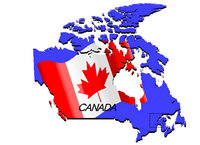|
19:32 Тест на получение гражданства в Канаде | |
 Тест на получение гражданства стал сложнее. Его можно проходить на английском или французском языке. Здесь представлен пример теста на английском языке. Попробуйте ответить. Заодно и знание английского языка проверите. Напишите в комментариях количество набранных баллов.
Тест на получение гражданства стал сложнее. Его можно проходить на английском или французском языке. Здесь представлен пример теста на английском языке. Попробуйте ответить. Заодно и знание английского языка проверите. Напишите в комментариях количество набранных баллов.
| |
|
| |
| Комментарів [ 6 ] | 1 2 » |
|
| |
| 1-3 4-6 | |